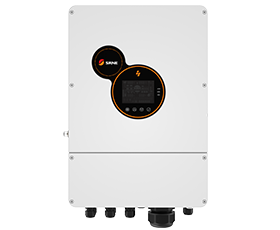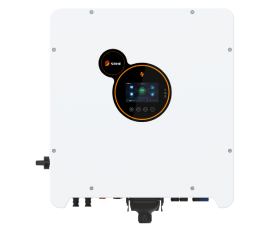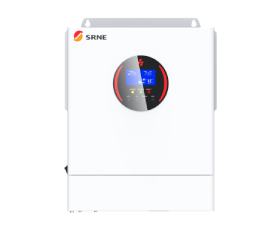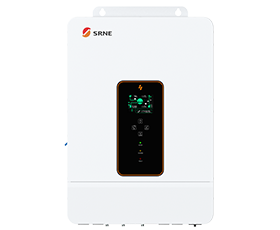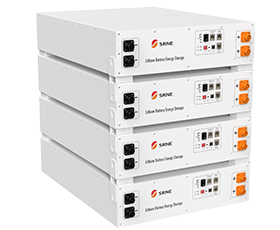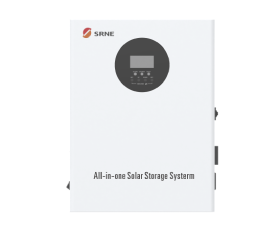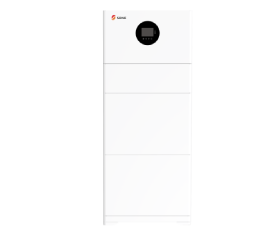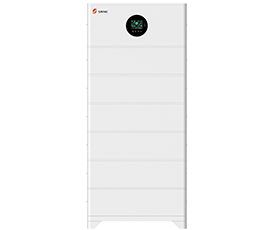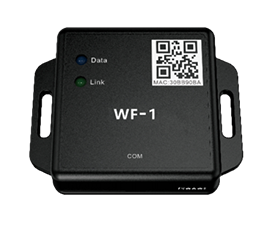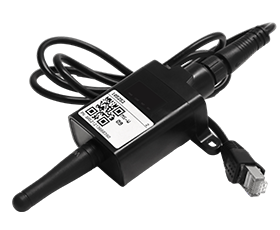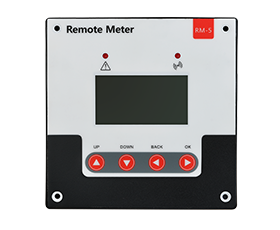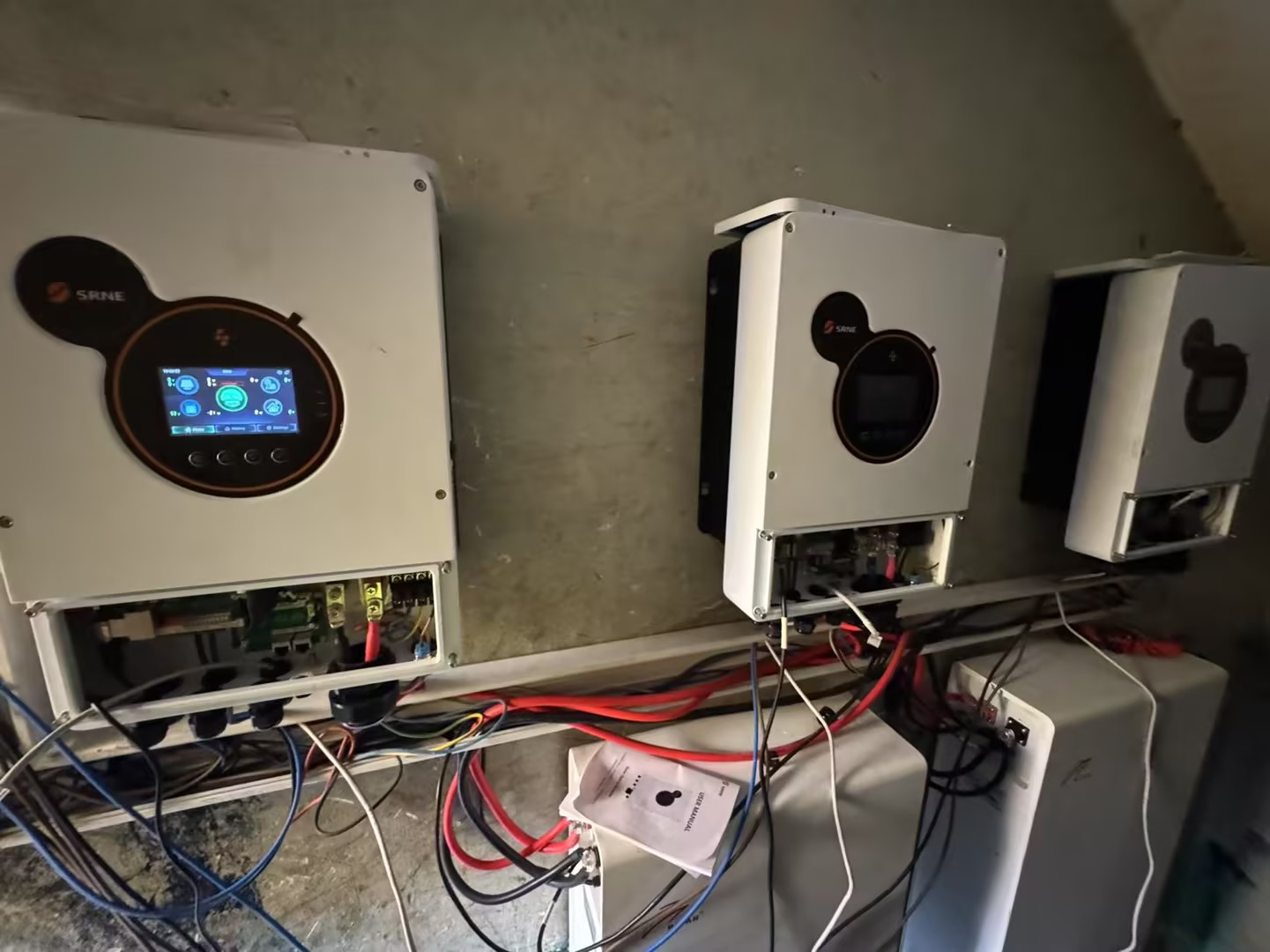How to size and choose off-grid solar inverter
While most solar-powered houses are grid-tied setups, many people enjoy the benefits of being completely disconnected from the city power grid. However, designing an off-grid solar power system is very different from a grid-tied system. You need to select equipment that can keep up with the endless demands of an off-grid setup. One key piece of equipment that you should take into consideration is your solar inverter. Which one is best for an off-grid solar application?
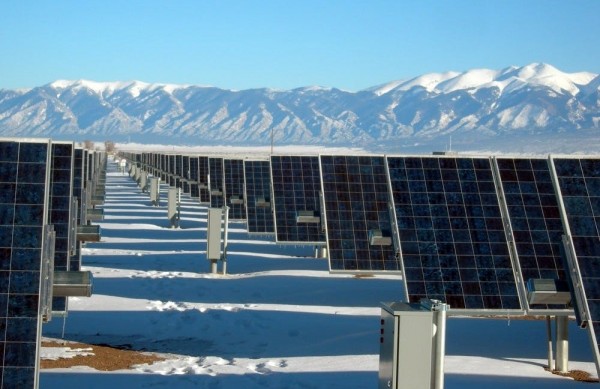
How do off-grid solar inverter work?
The solar inverter is a device capable of converting DC into AC electricity. There are two main types of solar systems --- connected to the grid (grid-tied) and disconnected from the grid (off-grid). Grid-tied systems are much more straightforward. The inverter’s job is to convert the power from DC to AC for your house’s usage and for sending excess electricity to the power grid. Grid-tied solar power systems have less equipment, and therefore, the inverter doesn’t need to work with too many devices.
But when it comes to an off-grid solar power system, the solar power inverter is going to need a battery bank to function. Here is how an off-grid solar power inverter works. Your solar panels feed the DC solar power into the batteries. Then the solar inverter takes that power and converts it into AC power for your home.
How to choose the best off-grid solar inverter?
There are some tips for selecting the proper off-grid solar inverter for your solar power system.
1.The inverter output voltage
This will base on your load requirements and usually its same as your country standard supply voltage/frequency. Off grid solar inverter’s output voltage should correspond to the load nominal voltage. 240V in Europe and Africa and 120V in USA. The inverter should maintain a frequency of 50Hz in Africa and Europe and 60Hz in USA.
2.The inverter power range
When it comes to solar equipment, power range matters. You should ensure that the equipment you choose will meet your power needs. Even if you have enough panels to generate the right amount of power, that won’t mean much if your inverter can’t handle the load. So, the power range of your inverter is important too. Here are the various inverter power range and their typical applications:
1 to 2 kW: Small cabins with lights, TV, fridge and phone.
2 to 4 kW: Larger cabins and some small, energy-efficient homes.
4 to 8 kW: Most off-grid homes.
8 to 16 kW: Larger off-grid homes, farms or ranches and small businesses.
While inverters are available in larger and smaller sizes than those listed above, these are the most popular options, with 4 kW and 8 kW being the top choices.
3.The inverter input DC voltage
Once we have selected solar inverter power capacity and brand/manufacturer, there will be corresponding DC input voltage range in inverter specs sheet, which we need to select batteries voltage to match with.
4.The inverter built in solar charge controller will be MPPT or PWM
MPPT is technically better as its able to convert solar panels high voltage to lesser voltage, so it charges batteries with low losses (high efficiency), but it costs higher than PWM type. In the other side, if we can size PWM solar charge controller type properly according to solar panels specs, then we can confirm it will work as well as MPPT charge controller type.
The following are the technical specs for solar power inverters:
- Efficiency. This is a measure of how much power from the batteries for your solar power inverter, delivers to your home when it’s operating in perfect conditions. A good peak efficiency rating is around 94% to 96%.
- Temperature Range. Solar power inverters are extreme heat. Pay careful attention to the temperature range if you plan on installing your solar-powered system in your garage or anywhere that it could be exposed to temperature extremes.
- Warranty. Solar power inverter warranties start at 1 year and will typically range from 3-5 years, with a few of the manufactures offering a 10-year warranty extension option.
Conclusion
Off-grid inverters are much more sophisticated these days, with capabilities of coordinating battery maintenance and charging regimens, and turning on backup power automatically, making these systems easier to maintain, simple to use, and worry-free.
Choosing the right inverter for your off-grid system is based on accurately calculating your electrical loads and usage patterns. This assessment needs to be done carefully and with absolute honesty to yourself so that your entire system is sized correctly and will function without failure.




















